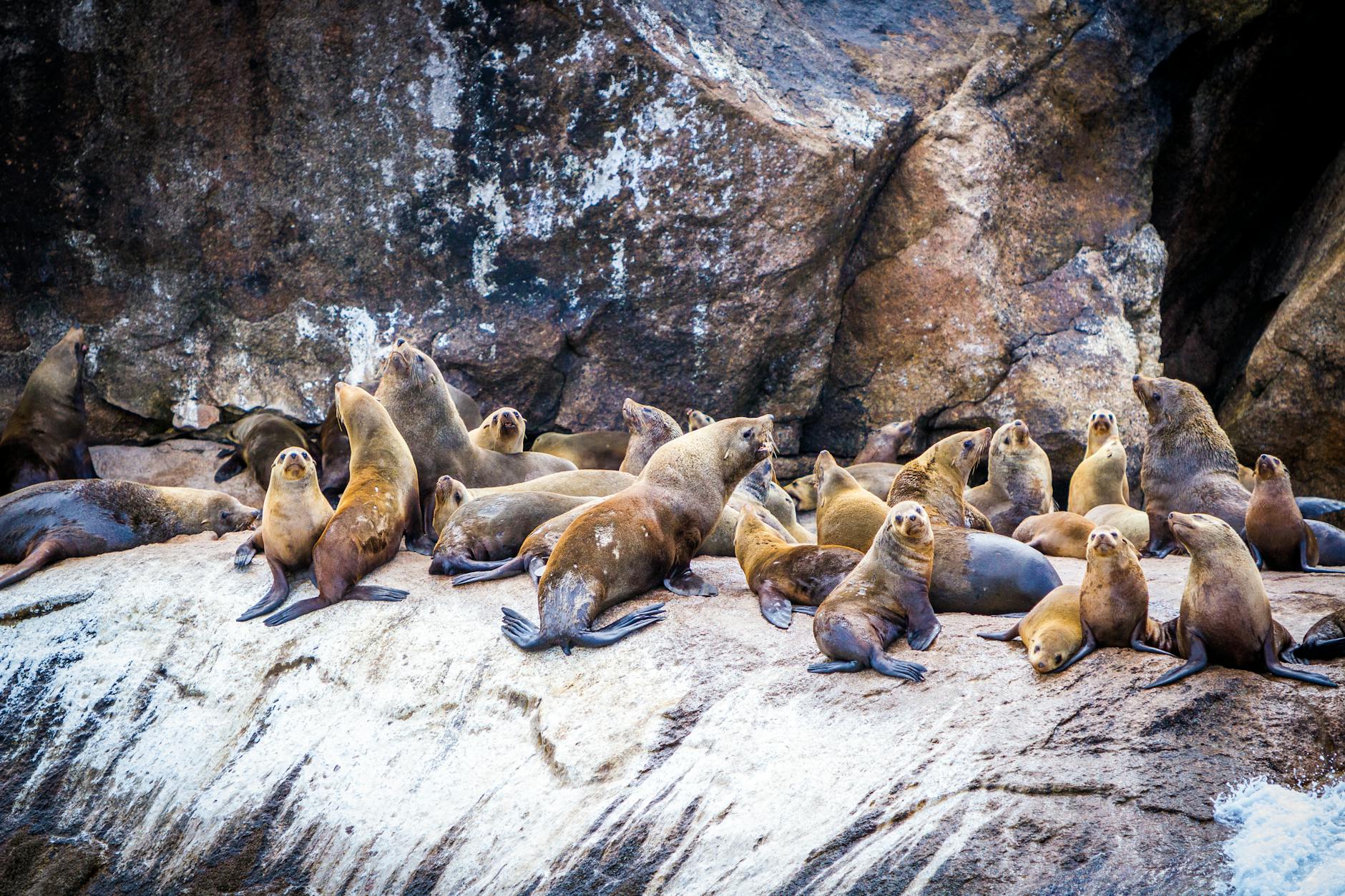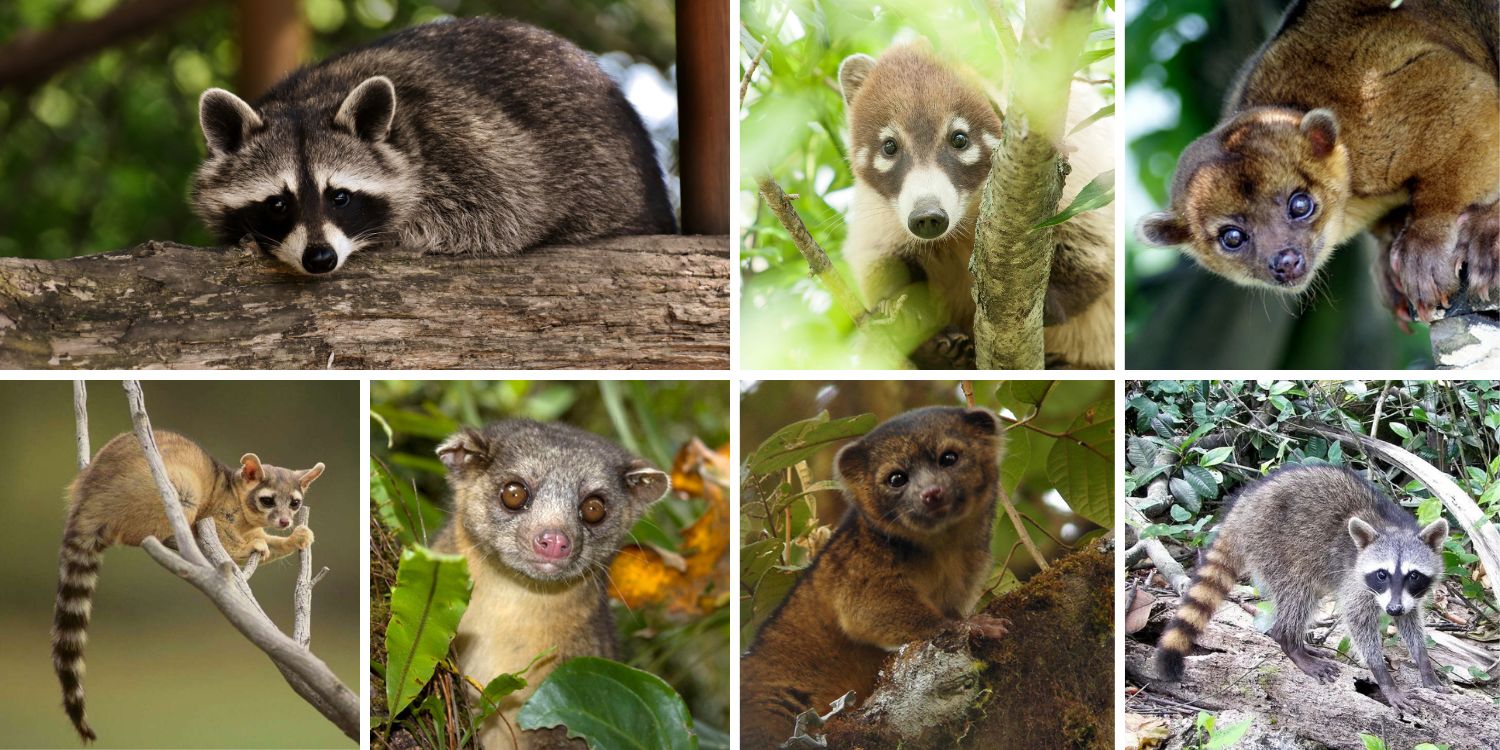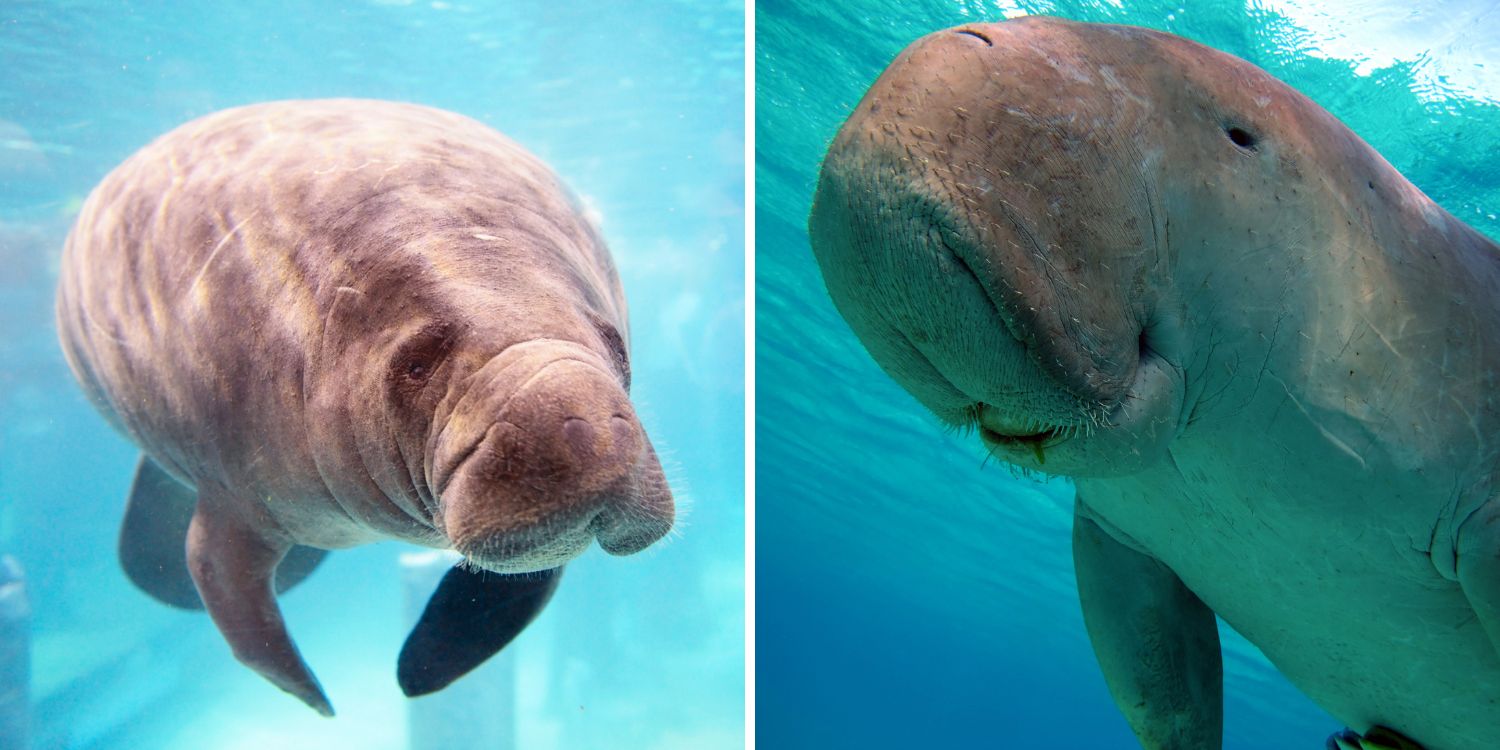
What’s the difference between bobcats and lynx?
North America’s wilderness shelters two closely related yet distinct wild cats: the bobcat (Lynx rufus) and the Canadian lynx (Lynx canadensis). Both are skilled hunters with impressive camouflage, but beneath their spotted coats lie fascinating differences. Let’s delve into the world of these furry predators to uncover what sets them apart.
Built for Different Landscapes:
- Bobcat: A true generalist, the bobcat thrives in various habitats, from dense forests and rocky outcrops to swamps and even backyards bordering wild areas. This adaptability is reflected in its shorter legs and more well-rounded body compared to the lynx.
- Lynx: Adapted for life in snowy regions like boreal forests, the Canadian lynx sports a longer, stockier build with powerful legs ideal for navigating deep snow. Their larger paws act like snowshoes, distributing their weight and preventing them from sinking.

Tail Tales:
- Bobcat: The bobcat boasts a stubby tail, typically black-tipped with barring along its length. This short tail doesn’t play a significant role in balance, unlike its bigger cousin.
- Lynx: The lynx has a distinctive black-tipped tail, longer than the bobcat’s. This tail functions as a counterbalance during leaps and helps with agility while maneuvering through trees.

Ears for Hearing and Heat Dissipation:
- Bobcat: While prominent, the bobcat’s ears are relatively smaller compared to the lynx’s. They aid in hearing prey but don’t play a major role in temperature regulation.
- Lynx: One of the lynx’s most striking feature is undoubtedly its oversized, black-tufted ears. These impressive ears not only provide exceptional hearing for hunting but also help dissipate heat in warmer months.
Footprints and Prey:
- Bobcat: Bobcat tracks are typically smaller and rounder than lynx tracks, with less webbing between the toes. They prey on a wider variety of animals due to their adaptable habitat, including rabbits, rodents, birds, and even snakes.
- Lynx: Lynx tracks are larger and more elongated, with prominent webbing between the toes for better snow distribution. Their primary prey are snowshoe hares, although they will also hunt smaller mammals and birds.

A Shared Legacy:
Despite their differences, bobcats and lynx share a common ancestor and play vital roles in their respective ecosystems. Both are solitary hunters, relying on stealth and agility to take down prey. They are also crucial for maintaining healthy populations of their prey species, helping to regulate rodent and rabbit populations.
Conservation Concerns:
Sadly, both bobcats and lynx face threats from habitat loss, fragmentation, and human-wildlife conflict. Protecting these magnificent predators and their homes is crucial for maintaining the health and biodiversity of North American wildlands.
So, the next time you’re exploring the wilds of North America, keep an eye out for these elusive cats. By understanding their unique adaptations and ecological roles, we can appreciate these remarkable creatures and ensure their continued existence for generations to come.







